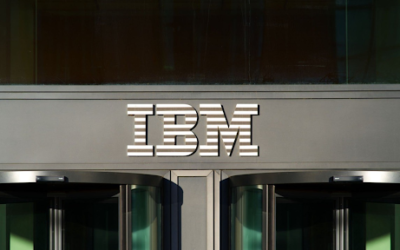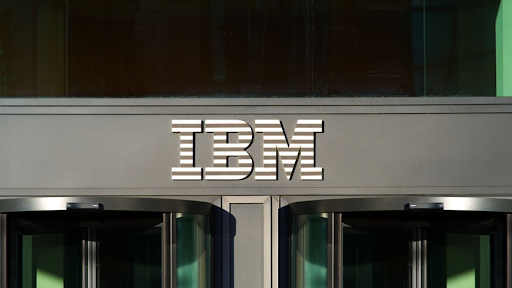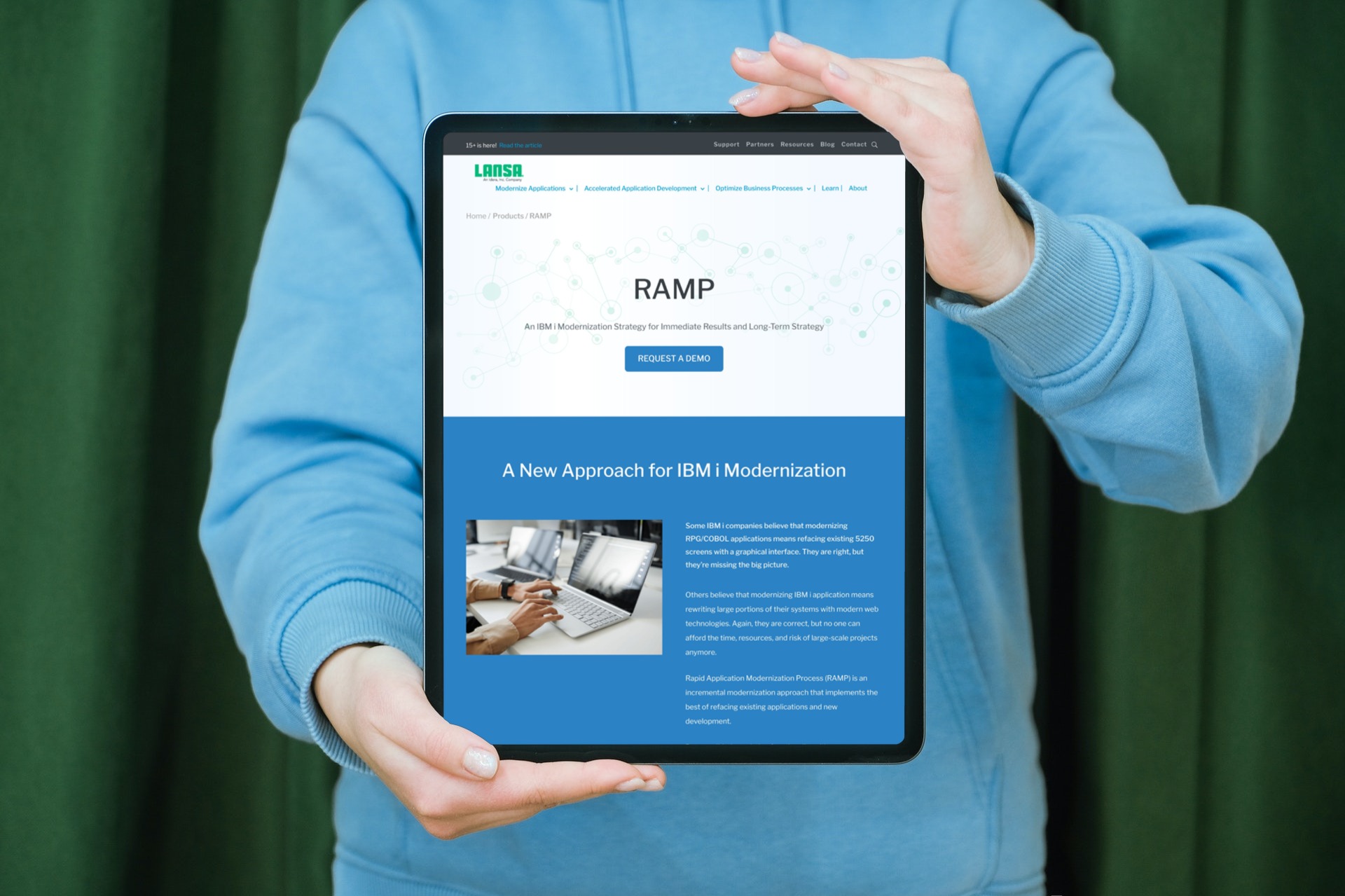Modern business is very dependent on digital technologies. For its effective operation and development, it is very important to quickly respond to the constant changes dictated by the market. If you are running legacy applications and infrastructure, it would be a good idea to perform application modernization. In this article, we will discuss the key areas to think about before performing IBM i digital transformation of legacy applications and the tools to make the transformation process fast, simple, and straightforward.
What is digital transformation?
Digital transformation is the process by which an organization uses digital technologies to optimize its business and process management systems. Its main goal is to increase the efficiency of the organization, increase sales, and business growth. Since the external environment is constantly changing, digital transformation must constantly work, evolve, and adapt the system to new requirements.
Companies use various digital technologies to manage workflows and make effective decisions in real-time, including artificial intelligence, automation, hybrid cloud, and others.
Not only businesses benefit from using digital transformation, but also users, as they receive reliable software that allows them to automate a lot of processes.
The use of digital transformation allows us to solve the following tasks:
- Automation of business processes. The use of artificial intelligence and automation increases productivity and helps employees make informed decisions faster.
- Failure protection. Creation of new technologies and practices in response to changes in competitive threats, market trends, and customer expectations.
- Handle change effectively. Modernize legacy technologies to run on modern infrastructure and interact with modern applications.
- Provide on-demand access to more resources with fewer restrictions.
Why do we need IBM I Digital Transformation?
As digital technology is constantly evolving and business requirements change, all applications become obsolete over time. In order for them to carry out business operations efficiently, they must be constantly maintained and improved.
If the application does not meet the business purpose, does not support new business processes, and is expensive to support and maintain, then it is obsolete. After transformation, you will be able to continue using this application while taking advantage of modern technology.
Let’s list the main signs that it’s time to modernize your application.
- The app is running on hardware or an operation system that is no longer supported.
- The app is written in a programming language that is no longer supported.
- There are not enough specialists who can support the application.
- The application does not comply with government regulations.
- The vendor does not support the software.
Digital transformation allows:
- Facilitate access to information for staff and customers.
- Adapt legacy applications to support new business models.
- Simplifies the application maintenance process and reduces maintenance costs.
- Adapt the application for new user interfaces such as browsers and mobile devices.
- Improve the quality of software.
What are the key areas to think about in IBM i Digital Transformation?
The process of modernization of legacy applications is complex and depends on several areas:
- Integration.
- Database.
- People.
Let’s take a closer look at each of these areas.
Integration
Companies use several different applications to perform modern business tasks. These can be both modern and legacy applications. They must be able to interact with each other and exchange data and business logic.
In some cases, legacy applications cannot work with modern integration methods such as web services or others. Therefore, before starting the modernization process, you should evaluate how the legacy application works with the integration architecture and tools. If there are any problems, then it is necessary to modernize not only the application but also its methods of interaction with other applications.
Database
Modern applications are built on a distributed architecture in which the database is separated from the business logic and from the user interface. In contrast, in legacy applications, the database is often connected with all other processes. This greatly complicates the process of accessing data, making it inaccessible to a business intelligence application. Analyzing and aggregating such data is difficult, and a company may miss important and useful insights.
It is important to separate the database from the legacy application during the transformation process. This will make it easier to access data from other applications and use them for the greater benefit of the company.
People
To modernize legacy applications we can use new technologies, programming languages, and development tools. Therefore, developers who have previously worked with legacy applications should upgrade their skills by learning and gaining experience with new tools.
Software digital transformation can force software development processes to be revised and new standards to be adopted.
What is the best solution for IBM i digital transformation?

- Porting IBM i applications to the web without complex processes and writing complex code.
- Transferring old spooled files to the new environment.
- Creation of modern UI for 5250 applications.
- Tools that will allow you to perform fast and accurate database queries. Users should be able to fine-tune queries and execute them for later use.
- Ability to access IBM i applications from mobile devices.
- Ability to automatically exchange data with the host.
LANSA aXes provides solutions to all of these issues for performing digital transformation IBM i applications. It can quickly provide Internet access to any IBM i application on any device connected to the Internet, including mobile devices. You can also access spooled files and query a DB2 database remotely. This allows remote employees to quickly access the application.
You can improve the user interface and optimize business processes without changing a single line of the source code. You can transform every IBM i front panel into a modern, web-based user interface with the aXes development studio.
To automate the application’s communication with the host, aXes provides a custom API that can work with RPG or COBOL programs.
Try LANSA solutions for free and see how easy and fast you can transform your IBM i applications.






















